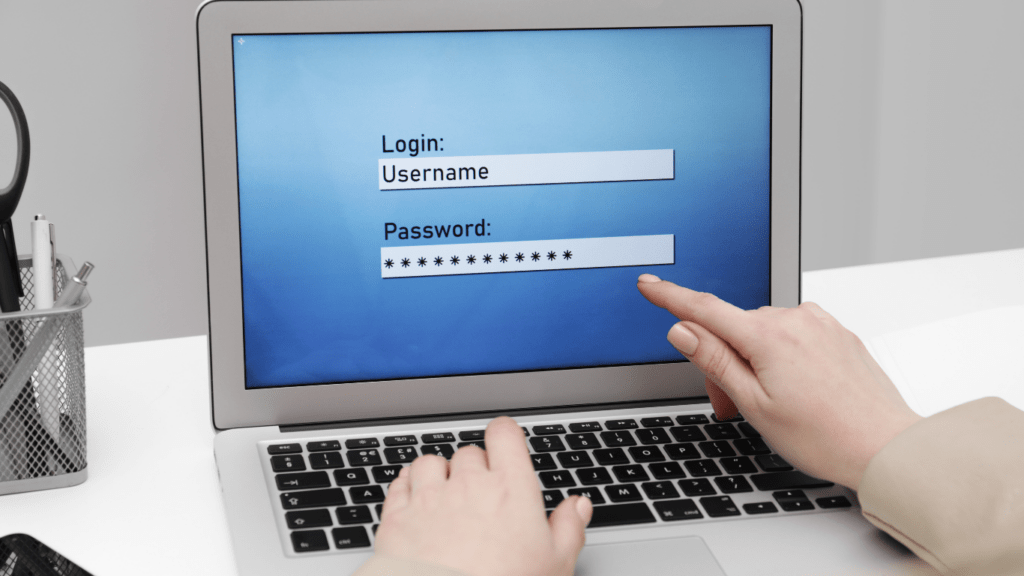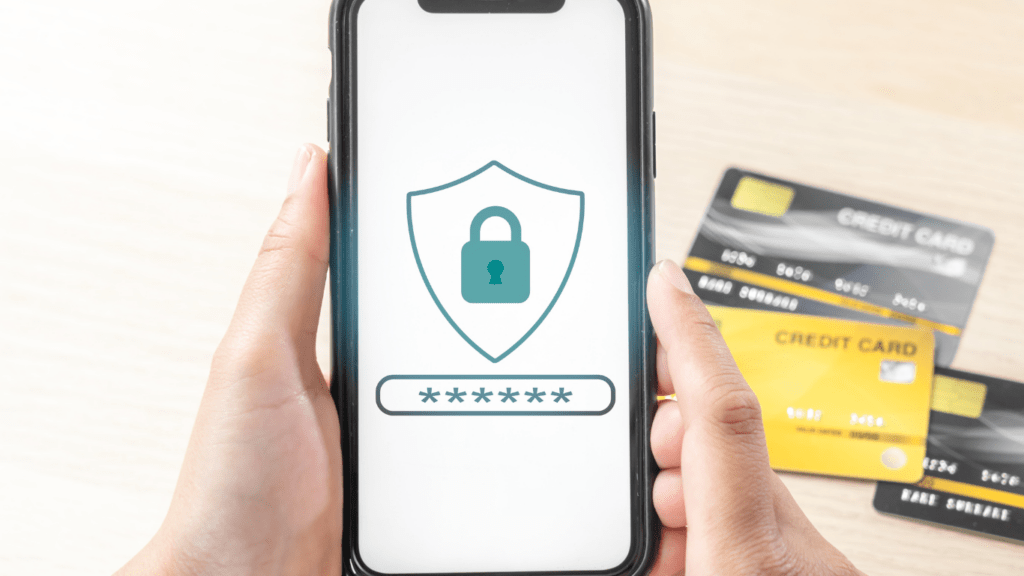What Are Multi-Signature Wallets?
Multi-signature wallets, often called multisig wallets, require more than one private key to authorize a transaction. They add an extra layer of security to cryptocurrency transactions. For example, if a wallet setup needs three keys, two or more must approve a transaction before it goes through. This setup mitigates risks associated with a single key being compromised, lost, or stolen.
Multisig wallets come in various configurations based on the number of required keys. Common setups include 2-of-3, 3-of-5, and 5-of-7, where the first number indicates the minimum required signatures. Such configurations enhance the security of digital assets and are popular among businesses and teams where multiple individuals control a wallet.
Multisig wallets also support distributed decision-making. By requiring multiple approvals, these wallets ensure that no single person can move funds unilaterally. For instance, companies can ensure that significant transactions receive the necessary oversight and consent from various stakeholders.
Multi-signature wallets can be used for different purposes like:
- individual security
- joint accounts
- escrow services
They provide robust mechanisms for securing funds, collaborating on financial decisions, and ensuring that unauthorized transactions are prevented effectively.
Implementing a multisig setup involves generating multiple public-private key pairs and distributing the keys among designated participants. Each participant keeps their private key secret while the public keys are used to form the multisig wallet address. Transactions from this address need the specified number of private key signatures to be validated on the blockchain.
Multi-signature wallets offer advanced security features that protect against unauthorized access and foster collaborative transaction approvals. They play a crucial role in enhancing the security strategies within the cryptocurrency ecosystem.
How Do Multi-Signature Wallets Work?

Multi-signature wallets (multisig wallets) enhance security by requiring multiple signatures for transaction authorization.
The Role of Keys in Multi-Signature Wallets
In a multisig wallet, multiple private keys are generated and distributed. Each private key is necessary for signing transactions. For example, in a 2-of-3 configuration, three keys exist but only two are needed to approve a transaction.
This method ensures that if one key is compromised, the funds remain secure. Private keys are typically distributed among trusted parties to minimize risks.
Signing Transactions
Signing transactions in a multisig wallet involves multiple steps. First, a transaction proposal is created and sent to all key holders. Each key holder reviews the proposal and, if they agree, signs it with their private key.
Once the required number of signatures is collected, the transaction is broadcasted to the blockchain network for validation. If the necessary signatures are not obtained, the transaction is not processed, adding an extra layer of protection.
Benefits of Multi-Signature Wallets
Multi-signature wallets offer several advantages. They enhance security, increase accountability, and provide flexibility and control.
Enhanced Security
Requiring multiple private keys for transaction authorization reduces risks significantly. Even if one key is compromised, unauthorized transactions can’t proceed without additional keys. This distributed security approach makes multisig wallets more resilient against hacking.
Increased Accountability
Multi-signature wallets promote transparency. Each transaction requires approval from multiple parties, making it clear who authorized it. This transparency is crucial for business environments, ensuring that all stakeholders have a role in fund management and approval processes.
Flexibility and Control
Users can configure multi-signature wallets to suit their needs. Whether requiring approvals from a specific number of key holders or combining different types of keys, the flexibility is substantial. This adaptability makes multisig wallets suitable for personal use, joint accounts, or complex business arrangements.
Potential Drawbacks of Multi-Signature Wallets
Multi-signature wallets offer advanced security, but they come with certain drawbacks users should consider.
Complexity in Setup
Setting up a multi-signature wallet involves numerous steps. Users must generate, distribute, and manage multiple key pairs. Each participant needs to securely store their private key, which can be challenging for those unfamiliar with cryptographic procedures. Incorrect configuration can lead to security vulnerabilities or complete loss of funds if private keys are mishandled.
Delays in Transactions
Multi-signature wallets naturally slow down transaction processes. Every transaction proposal needs approval from multiple key holders. This requirement can cause delays, particularly if one or more key holders are unavailable. For time-sensitive transactions, these delays can be frustrating and may result in missed opportunities.
Dependency on Co-Signers
Multi-signature wallets depend on the availability and cooperation of co-signers. If any key holder loses their private key or becomes unreachable, it can be difficult or impossible to authorize transactions.
Relying on multiple parties introduces a potential single point of failure if one key holder’s input is critically required, impacting the smooth operation of the wallet.
Common Use Cases for Multi-Signature Wallets
Multi-signature wallets offer versatile applications across various domains. I’ve found them particularly useful in three key areas: business transactions, family shared accounts, and community funds.
-
Business Transactions
Companies frequently use multi-signature wallets to manage their digital assets. By requiring multiple approvals for each transaction, businesses ensure that no single individual can unilaterally move funds, protecting against internal fraud. For example, a startup may require signatures from its CEO and CFO to authorize any transfer over $10,000. This process promotes accountability and enhances financial oversight within organizations.
-
Family Shared Accounts
Families can benefit from using multi-signature wallets to manage shared assets. Introducing multiple approvals for transactions through multisig wallets ensures that significant decisions, such as large withdrawals or investments, involve the consent of several family members.
For instance, parents and children can jointly manage an education fund, increasing financial transparency within the household and ensuring all voices are heard.
-
Community Funds
Communities, especially those based online or in decentralized organizations, often use multi-signature wallets to manage collective funds. By distributing control among elected members, these wallets ensure democratic governance over communal assets.
For instance, a community-driven project might require approval from five out of its ten council members to release funds for a new initiative. This practice builds trust among community members and ensures fair use of resources.



 Founder & CEO
Daniel Anderson is the visionary founder and CEO of the website, leading the charge in revolutionizing the crypto space. With a deep understanding of blockchain technology and years of experience in the industry, Daniel has established himself as a key figure in the cryptocurrency world. His passion for decentralization and financial innovation drives the platform’s mission to deliver cutting-edge insights and resources for crypto enthusiasts, traders, and investors. Under his leadership, the website has grown into a trusted hub for the latest trends, news, and developments in the digital asset space.
Founder & CEO
Daniel Anderson is the visionary founder and CEO of the website, leading the charge in revolutionizing the crypto space. With a deep understanding of blockchain technology and years of experience in the industry, Daniel has established himself as a key figure in the cryptocurrency world. His passion for decentralization and financial innovation drives the platform’s mission to deliver cutting-edge insights and resources for crypto enthusiasts, traders, and investors. Under his leadership, the website has grown into a trusted hub for the latest trends, news, and developments in the digital asset space.
